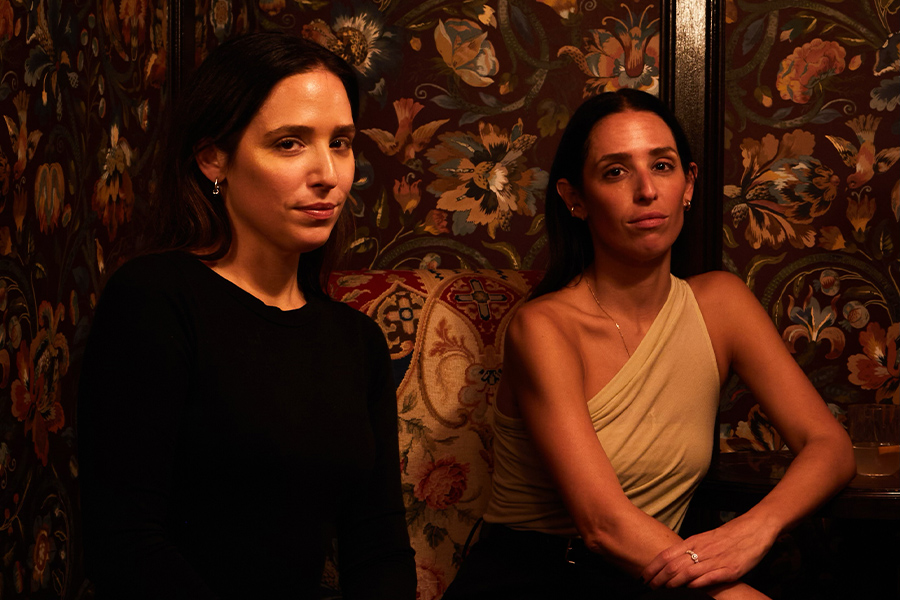Since founding Amsterdam-based hotel company and coworking space the Student Hotel in 2006, Scotland-native Charlie MacGregor counts himself as the company’s owner, operator, and designer (alongside a handful of esteemed design firms) of the brand’s 12 properties across five European countries. The idea was to create a community for students, business travelers, and vacationers that encourages interaction with professionals and soon-to-be-professionals. “We believe that trends like co-living and coworking are here to stay and are endorsed by all generations,” explains MacGregor. With 25 properties either in planning or under construction, the company hopes to have 65 hotels in several major European cities in the next five years. Here, MacGregor offers insight into creating spaces that appeal to all generations.
Why did you want to launch co-living-coworking hybrid the Student Hotel?
Student accommodations are in my blood. My father built the first purpose-built student rooms in Edinburgh where I grew up. At 25, I bought a small student accommodation company and sold it 10 years later when I moved from London to Amsterdam and started the Student Hotel. The first project was completed in 2008, just as the full implications of the global financial crisis unfolded. But we pressed on, despite a dismal economic backdrop and the collapse of bank backers. The strength of the concept let us start new projects in the Hague and Rotterdam [both in the Netherlands].
We started as a dedicated student accommodation, but quickly realized there was a bigger need and a real interest in what we were doing. Hotel rooms for friends and family were a no-brainer. We had young professionals from companies like Nike knocking on the door and asking if they could get a room. The hotel and short-stay elements of the Student Hotel quickly came about.
Why did you want to shake up the typical student offerings?
At first, it was about creating better spaces for students so they could find their purpose and change the world. I was always told that students and young people didn’t deserve, didn’t like, didn’t enjoy, and wouldn’t respect a high level of design. I never believed that. We use design to inspire people and bring communities together to discover their purpose.
I came into this 10 years ago to challenge the industry, and we are one of the best-kept secrets in the hotel business. It’s hugely cost-effective. Traditional student accommodations don’t require any fulltime staffing. Hotels, on the other hand, particularly those offering high-quality accommodations, are manpower hungry. The Student Hotel model takes a middle road: We offer all the comforts of a great city center hotel while keeping staffing costs below the industry norm.
How do you cater to business and leisure travelers as well as to students?
My passion is bringing people together. The goal of creating a connected community reflects something bigger that is happening not just in Europe, but also around the world. What we’ve seen over the past five to 10 years is a growing [globalized] community. Entrepreneurs are increasingly mobile. Students are keen to study abroad. Travelers are seeking not just an opportunity to see new places on a regular basis, but also to feel like part of the communities they visit. Today’s students are tomorrow’s entrepreneurs and travelers. In a very real sense, they share values and aspirations and a desire to be connected with like-minded people.
We like to call it the Complete Connected Community. Whether you stay for a day, a month, or an entire year, we are a mixed-use property that includes various types of hotel rooms and co-living suites, coworking spaces, retail shops, eateries, gyms, pools, and much more. Every hotel is tailored to its location, but at the heart of each [property] is our communal areas that are open to guests and locals alike. Some have an auditorium, while others have special features like rooftop bars or hot tubs. [But] our resident mix is driven by factors including seasonality, local market dynamics, and the size of the hotel.
How does each hotel speak to its location?
Each location is different. The Student Hotel Florence opened in July 2018 and is a true example of urban transformation and mixed-use development. Bologna-based firm Rizoma Architetture, local architecture studio Archea Associati, and our in-house design team worked together to preserve the [18th-century palazzo’s] heritage, including original marble floors, dramatic staircases, and frescos, while adding new and inspiring modern features.
When guests enter the building, the iconic Student Hotel ‘wink’ greets them, along with a grand piano and a ping-pong table. Four swings dangle from the arched passage that leads to a street art-filled courtyard, featuring local and internationally recognized artists. The design playfully awakens the historic palazzo, nicknamed the Sleepy Palace by locals. The classic architecture now boasts modern twists, such as a supersized graffiti installation in the central courtyard, a rooftop pool [with a] ‘The Beach is Boring’ [graphic], a skybar, and two terraces with breathtaking vistas of Florence, the Duomo, and the Tuscan hills.
What’s next for the brand?
The operational complexity of a hotel with co-living and coworking communities has been an opportunity for us to innovate. We were told how things are done, but we often disagree and [thus] challenge industry conventions. Our guests are innovators for whom technology and mobility is second nature. We embrace it and build on it wherever we can. Our goal at the outset was simply to create a better space. Now it’s [also] about creating a better experience for guests.


